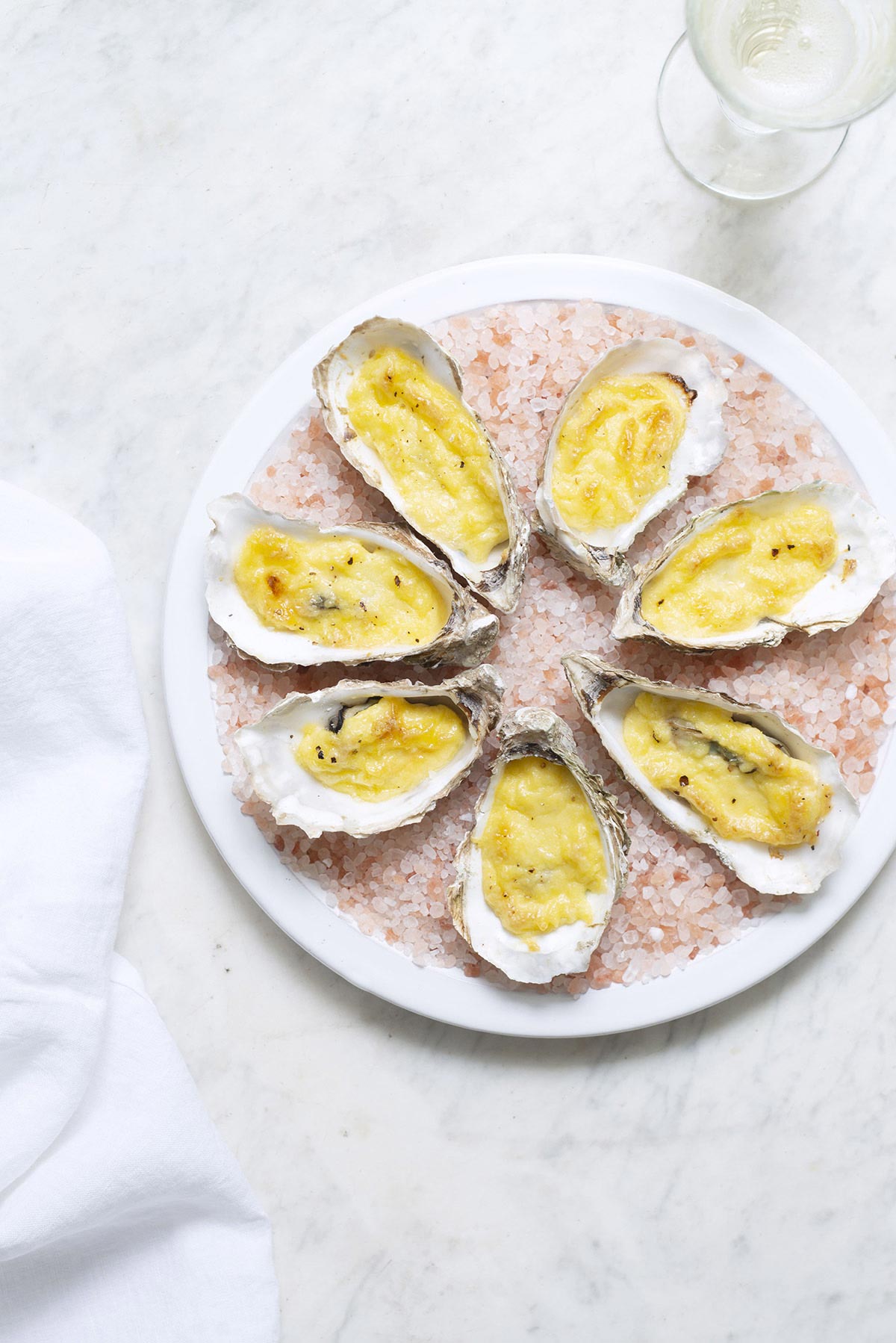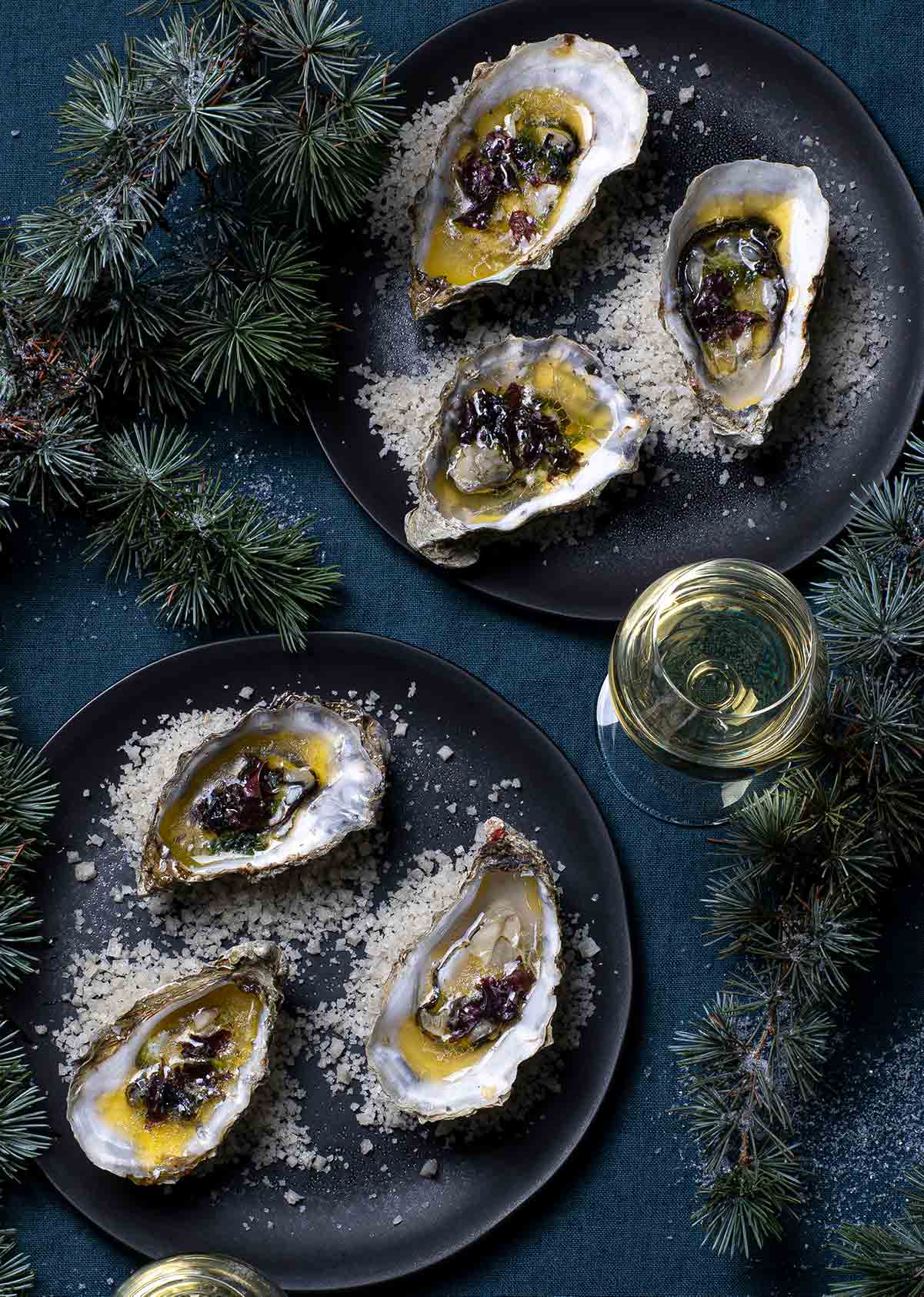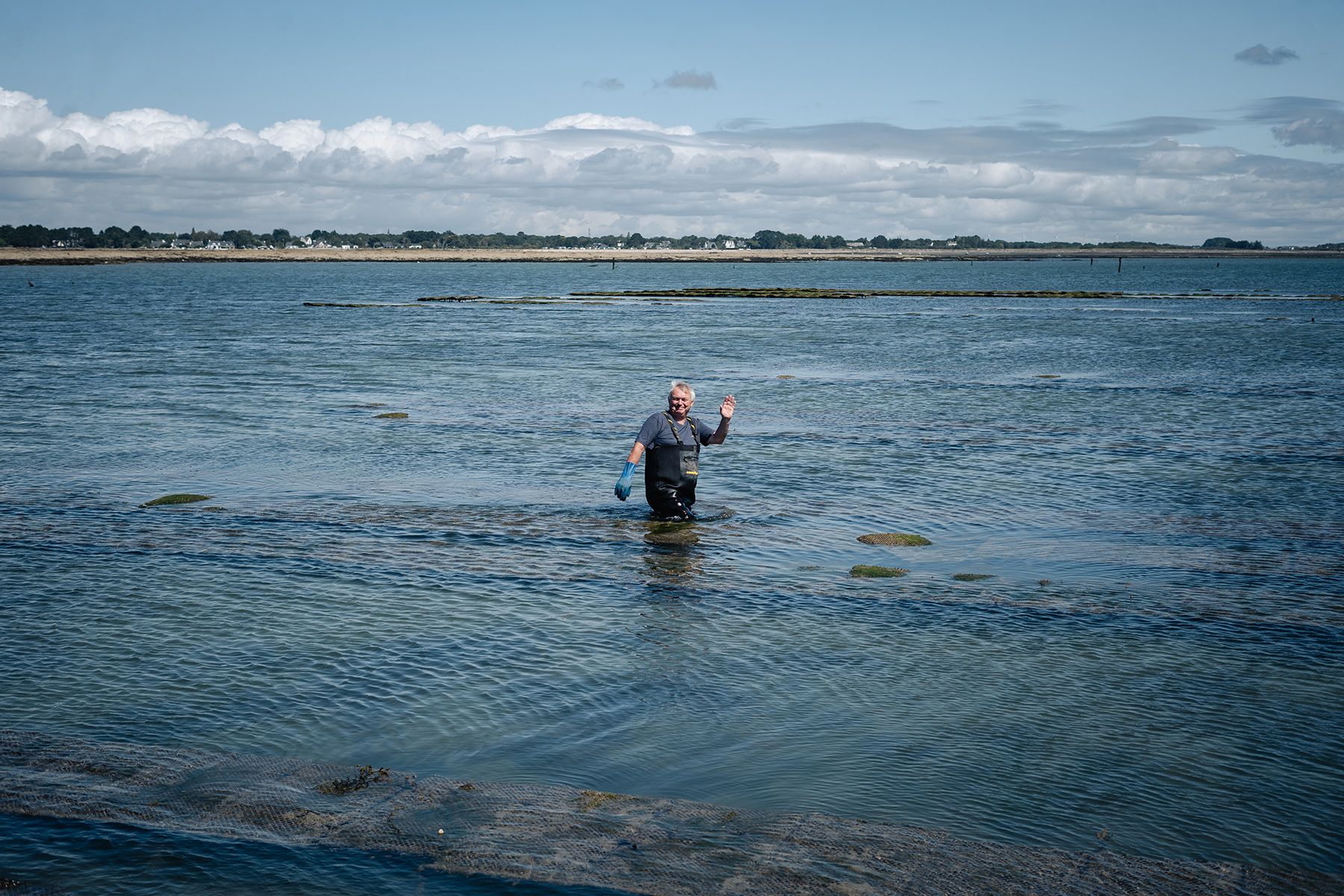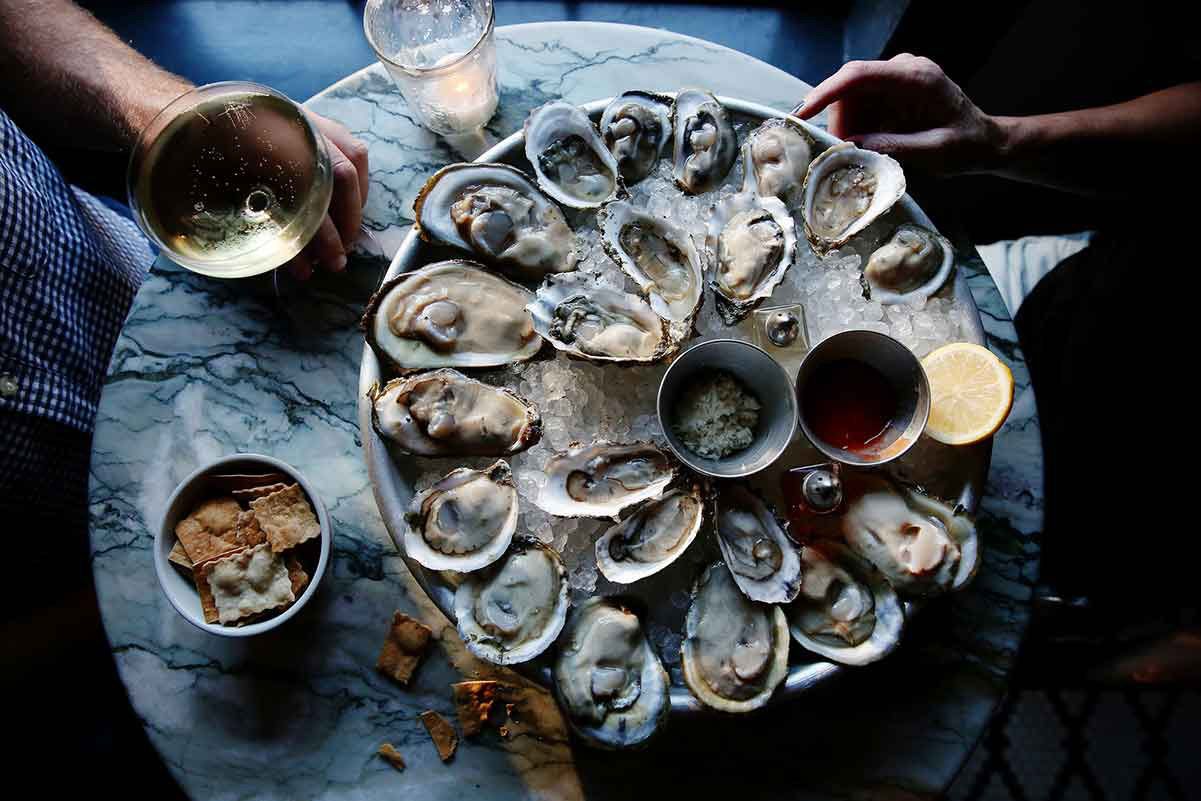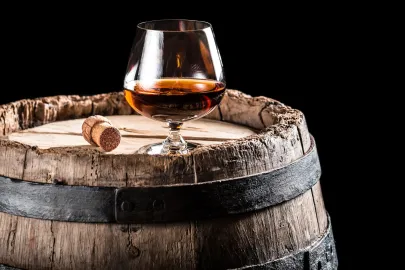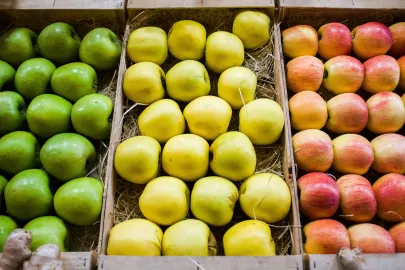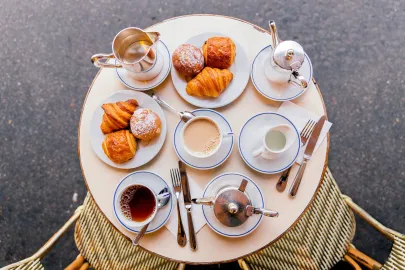With over 2,000 miles of coastline, France is the largest producer of oysters in Europe. In France, the oyster has been beloved by kings and peasants for thousands of years and today, the French continue to love these salty and briny treats from the sea. At bistros and brasseries around the country, you’ll find raw oysters on the menu–and many believe French oysters to be the best in the world.
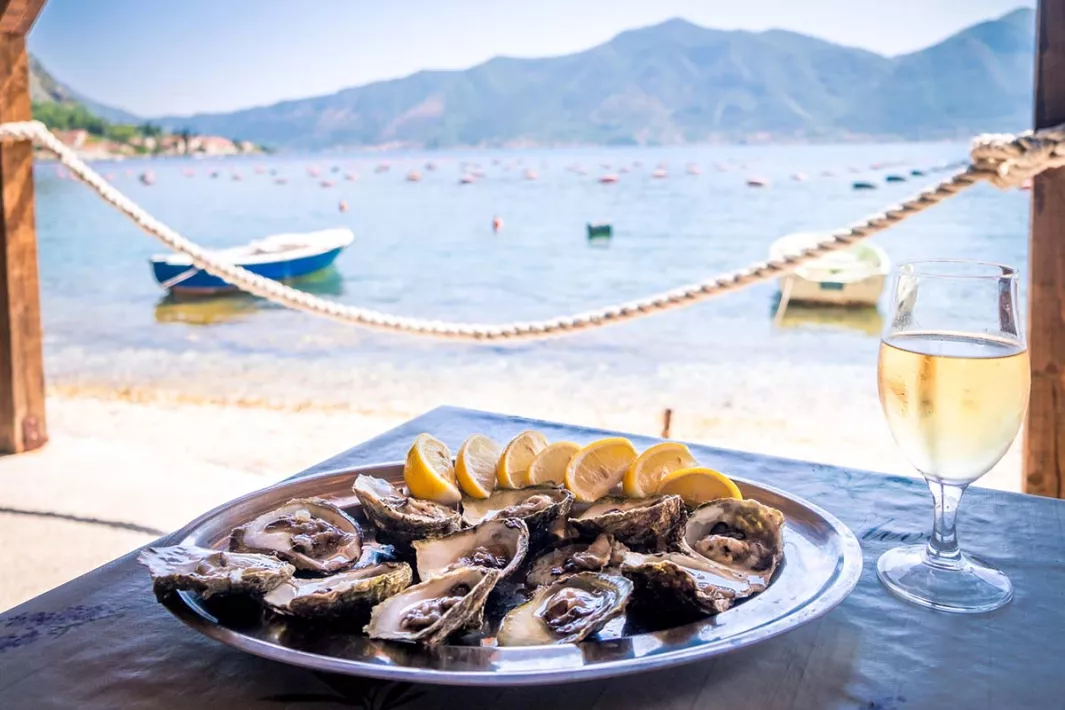
The History of Oysters
The oyster is a saltwater bivalve mollusk that’s been on earth since the dinosaurs. Human oyster consumption dates back 164,000 years, around the time hominids first arrived in Europe. Oysters are native to France and have been consumed there since the Roman Era. Throughout the Middle Ages and the Renaissance, oysters were harvested for food, but it wasn’t until the 17th century that oyster cultivation began at seaside farms in France.
Throughout French history, oysters have played a role in the lives of some of the most famous French citizens, including kings, philosophers, and artists.
In the 1920s, as beachside resorts in Normandy and Brittany gained popularity, so did the oyster. Today, oysters aren’t just a luxury food item. While you can find pricey plates of oysters on Michelin-starred menus throughout France, they are also commonly found at outdoor markets or waterfront stalls for just a few euros per dozen.
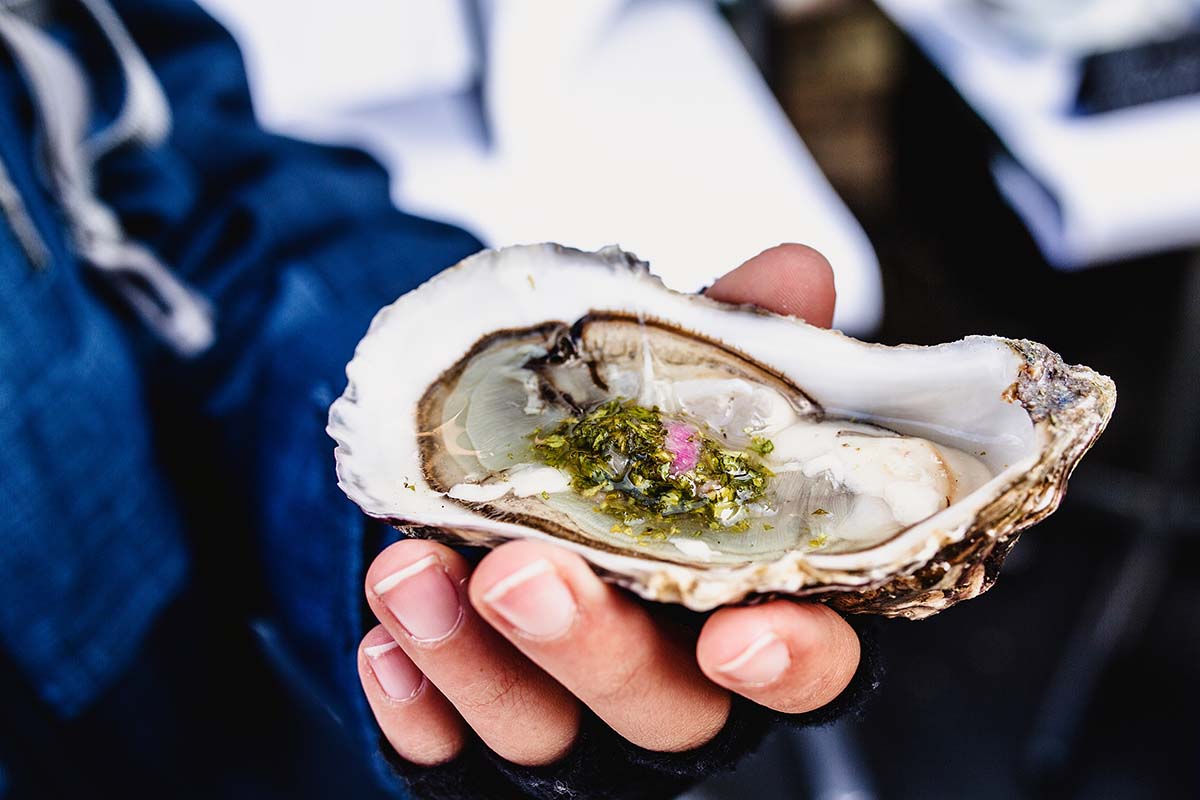
© ©Sandra Stoiber / EyeEm
Oyster Cultivation in France
In France, on both the Mediterranean and Atlantic coasts, oysters are grown in marshes and estuaries. Oysters thrive in saltwater and brackish water where changing tides help the mollusks grow strong shells. Many of France’s oysters come from shallow bays or lagoons.
In France, there are two kinds of oysters grown. The flat oyster (huȋtre plate) is a native variety that’s a bit pricier and harder to find. Sometimes called belon or marennes, they are produced in small quantities and make up only about 1-2% of the oyster industry in France. The cupped oyster (huȋtre creuse) is a species that was first imported from Japan.
It can take anywhere from a year to three years for oysters to be ready for consumption. Left unharvested, an oyster can live in the ocean for 20 years and grow to 12 inches or more.
In France, oysters are categorized with a number from 000 to 6–the smaller the number, the larger the oyster. Huȋtres fines are small or medium sized, while huȋtres speciales are larger and meatier.
While oysters are farmed throughout France, Normandy and Brittany are especially known for oysters, with the city of Cancale (near Mont St. Michel) dubbed “The Oyster Capital of Brittany.” You can also find oyster cultivation in Pays de la Loire, Poitou Charente, Aquitaine, and Languedoc-Roussillon.
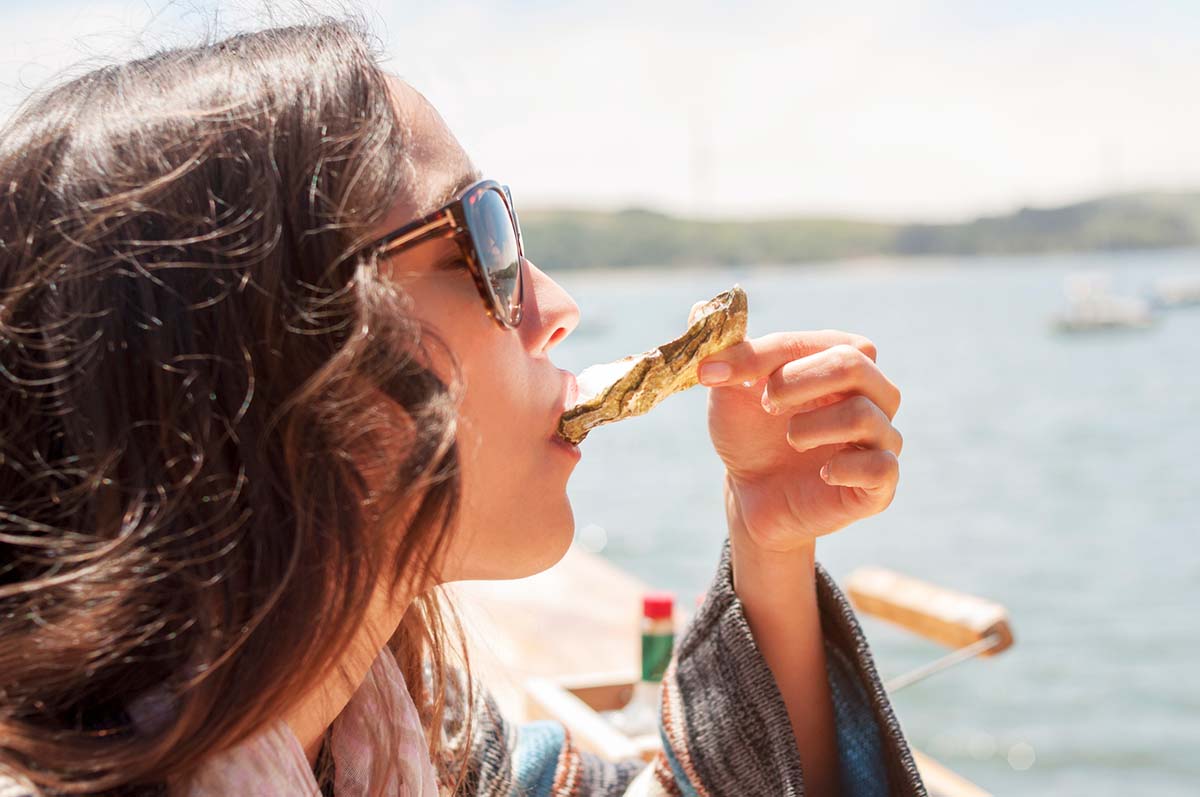
© ©Sandra Stoiber / EyeEm
Oyster Preparation
Apart from restaurants, you’ll find oysters at seafood markets and food stalls throughout France, beautifully displayed on crushed ice. Once you’ve decided which size and type you’d like, it’s time to shuck the oysters.
Use a knife with a short, blunt blade to open the oysters. First, insert the blade into the oyster hinge (the thickest part of the oyster where the two shells meet). Then, carefully twist the knife to pry the shell apart, then use the knife to separate the two halves of the shell. You can gently scrape the knife under and around the oyster to detach it from its shell.
While oyster purists will insist that the only way to enjoy an oyster is by itself, in France, oysters are usually served with a lemon wedge and mignonette, a tangy condiment made from vinegar and shallots. While smaller oysters should always be eaten raw, larger oysters can sometimes be prepared “au gratin”: baked in the oven with butter, garlic, herbs, and breadcrumbs.
After you’ve seasoned (or not) your oysters, use a small fork to gently loosen the oyster from its shell. Use the oyster shell like a spoon, tipping the oyster into your mouth. Oysters should be chewed (not swallowed whole) so you can fully experience the unique texture and delicate flavors.
The general serving for oysters is a half dozen per person and they are best enjoyed with an accompanying beverage. While oysters are traditionally paired with champagne (a Ruinart Blanc de Blancs will go very nicely), an Aperol Spritz is a great option for hot summer days, while a Louis Jadot chardonnay will add some sophistication to your meal.
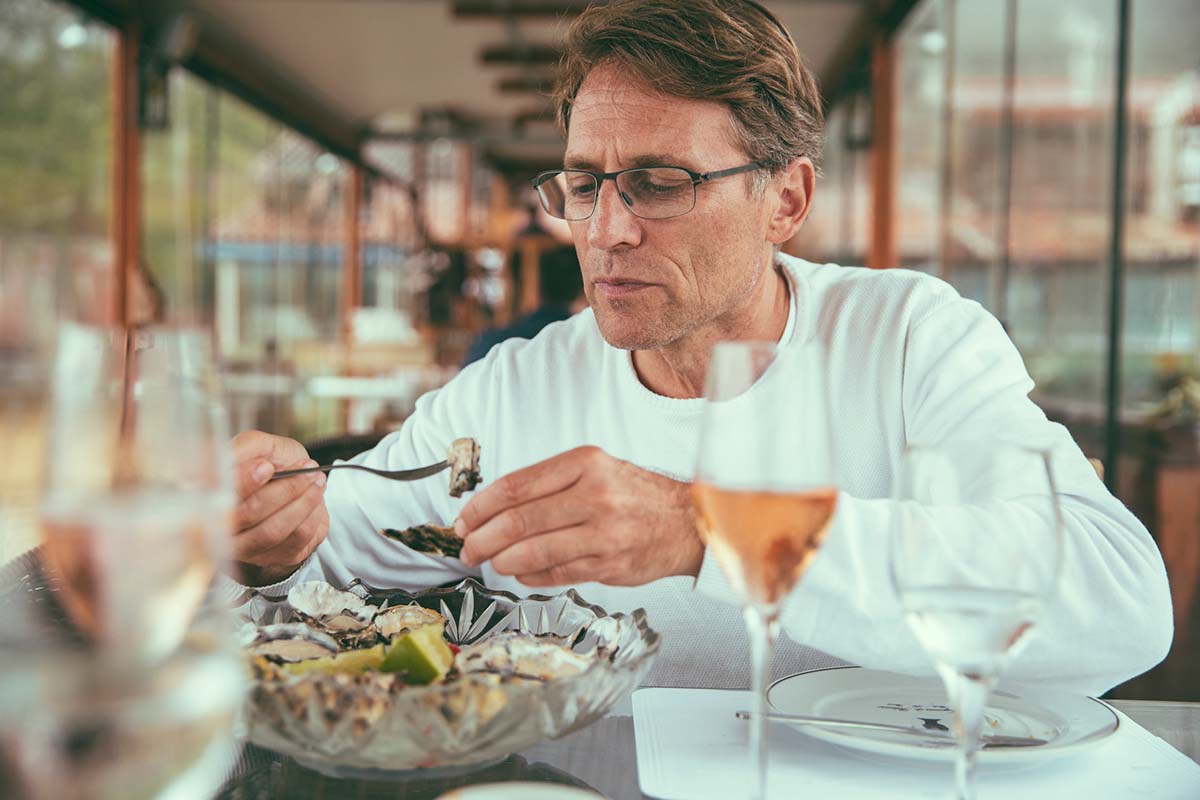
© ©Westend61
Where to Eat Oysters in Paris
While Paris is not on the coast, it boasts some of the best oysters in the country, thanks to the wonderful cafes and brasseries that specialize in seafood. Don’t miss these oyster hot spots on your next trip to Paris.
Huȋtrerie Regis
This fantastic spot in the 6th arrondissement specializes in oysters from Marenne-Oleron. The tiny restaurant serves a variety of oysters alongside poached prawns and a well-curated wine list.
www.huitrerie-regis.com
Oyster Club
With an ever-changing menu, Oyster Club focuses on what’s fresh, with a carefully selected menu of oysters and other seafood dishes.
www.oysterclub.fr
Clamato
In the hip 11th arrondissement, Clamato is a seafood-focused restaurant helmed by a Michelin-starred chef. With creative and innovative dishes, Clamato offers oysters along with ceviches and seafood platters.
www.clamato-charonne.fr
Sur Mer
Next door to sister restaurant Verre Vole, Sur Mer is a restaurant serving sustainable seafood. Cozy and intimate, the restaurant has an ever-changing menu of oysters and other seafood alongside natural wines.
www.surmer.restaurant
Read more on French Oysters
Contributor

Editor


